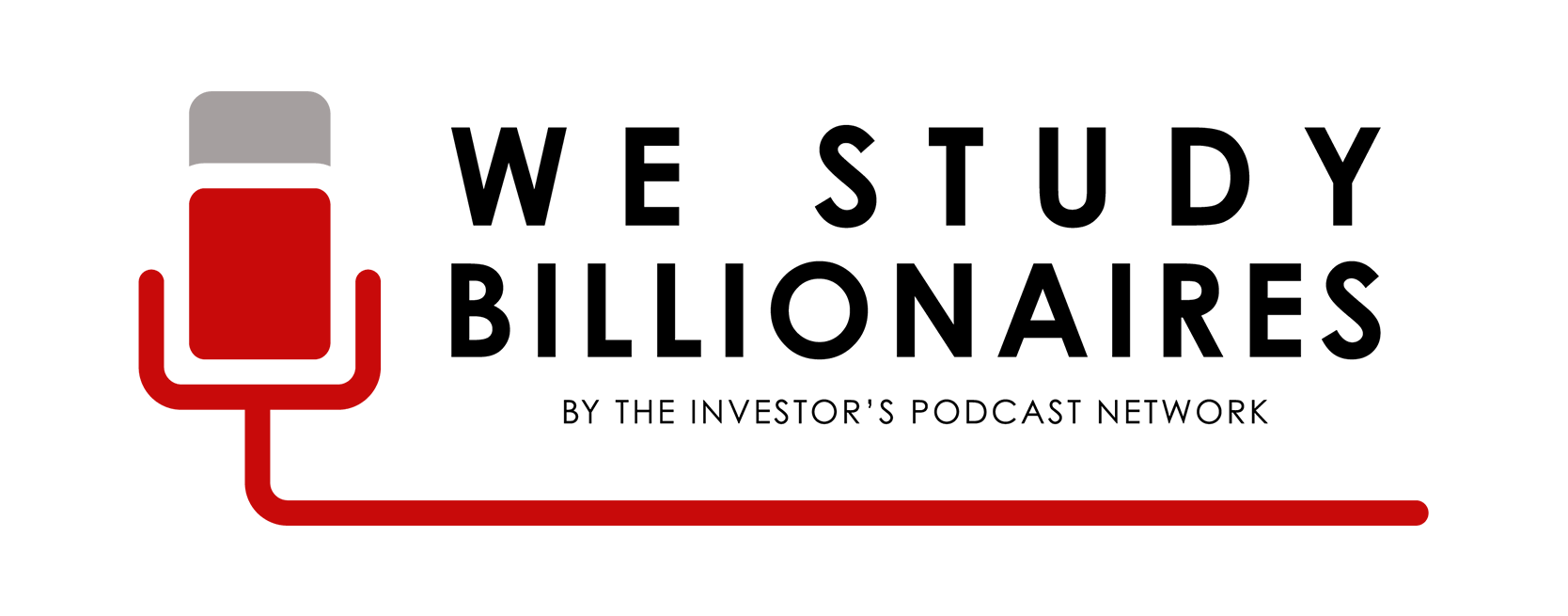TIP358: INFLATION HEDGING WITH FARMLAND
W/ CARTER MALLOY
3 July 2021
On today’s show, Stig Brodersen speaks with the CEO of AcreTrader, Carter Malloy, about Farmland investing. With rising inflation and Bill Gates being America’s top farmland owner with a $690 million investment, we want to understand the nuts and bolts of the $9 trillion asset class.
IN THIS EPISODE, YOU’LL LEARN:
- Why Farmland investing is hedging your inflation exposure
- What are the risks when investing in Farmland
- Disruption in Farmland investing, including global warming
- Farmland investing for international investors
TRANSCRIPT
Disclaimer: The transcript that follows has been generated using artificial intelligence. We strive to be as accurate as possible, but minor errors and slightly off timestamps may be present due to platform differences.
Stig Brodersen (00:03):
On today’s show, I speak with the CEO of AcreTrader, Carter Malloy about the farmland investing opportunity. With rising inflation and Bill Gates now being America’s top farmland owner with a $690 million investment, we want to understand the nuts and bolts of the $9 trillion asset class. If you, like me, are worried about the inflational impact on your portfolio, you don’t want to miss out on this one. So without further delay, here’s my conversation with Carter Malloy.
Intro (00:32):
You are listening to The Investor’s Podcast, where we study the financial markets and read the books that influence self-made billionaires the most. We keep you informed and prepared for the unexpected.
Stig Brodersen (00:53):
Hey, hey, hey, you’re listening to The Investor’s Podcast. I’m your host, Stig Brodersen. And today, I’m thrilled to be joined by Carter Malloy. Carter, welcome to the show.
Carter Malloy (01:03):
Thanks for having me, Stig. I’m excited to be here.
Stig Brodersen (01:06):
So, Carter, I’m really excited for you to join us because inflation is something that everyone seems to be concerned about these days; one of the many reasons why we wanted to speak with you here today, and also because we study billionaires, that’s the name of the show. And Bill Gates, he reportedly owns 242,000 acres of farmland. So a lot of things to cover here, a lot of things that really made us really interested into covering this topic. This is the first time we’ve ever talked about Farmland and what a time to do that. Our audience is typically stock investors, and right now, like I mentioned before, inflation is something that we are concerned about.
Stig Brodersen (01:45):
Could you talk to us about the investment thesis for diversifying into farmland if you’re worried about inflation?
Carter Malloy (01:52):
First, to establish, it is a large asset class. There’s $3 trillion of this stuff in the United States. So it’s a very big asset class. And you’re exactly right, I think most people are stock investors, first and foremost. Personally, that’s my background, I spent a dozen years in inequities, most recently at a long/short fund, and I love investing in equities. But in the background, I have been buying and selling farmland. My dad’s a farmer, mom, entrepreneur, and always was just intrigued by farmland, the financial performance despite the really difficult transaction experiences that are out there. But one of the reasons that it has always been attractive, I believe will remain so, is that it can serve as a hedge against inflation.
Carter Malloy (02:31):
And the reason is fairly simple, it produces a core component of inflation. Food comes off of farmland, that’s one of the ways that we measure inflation. So over time, the data will show you that farmland has actually served as a similar if not better hedge to inflation than gold. The difference with Farmland and gold is that farmland produces income as well. Gold does not produce income, you’re holding a commodity and hoping somebody else is willing to pay more than you did for it, with farmland as an actual productive that produces rent for the investor.
Carter Malloy (03:01):
Importantly, while it can serve as a great inflation hedge, and again, the historical data will show you that, it is a really fascinating standalone investment. So the underlying reasons to invest in farmland, the list is long. There are a myriad of reasons to invest, including it’s not really diversified to other asset classes. It has put up some really great historical risk-adjusted returns, so low double-digit type of returns, with low volatility as well. So you don’t see it whip around like a lot of other asset classes including stocks. So there are a lot of really great standalone reasons to invest in farmland. And oh, hey, by the way, it can also serve as an inflation hedge.
HELP US OUT!
Help us reach new listeners by leaving us a rating and review on Apple Podcasts! It takes less than 30 seconds and really helps our show grow, which allows us to bring on even better guests for you all! Thank you – we really appreciate it!
BOOKS AND RESOURCES
- Visit AcreTrader’s website
- Our interview with Masterworks about investing in art
- Our interview with CrowdStreet about investing in Commercial Real Estate
NEW TO THE SHOW?
- Check out our We Study Billionaires Starter Packs.
- Browse through all our episodes (complete with transcripts) here.
- Try our tool for picking stock winners and managing our portfolios: TIP Finance Tool.
- Enjoy exclusive perks from our favorite Apps and Services.
- Stay up-to-date on financial markets and investing strategies through our daily newsletter, We Study Markets.
- Learn how to better start, manage, and grow your business with the best business podcasts.
P.S The Investor’s Podcast Network is excited to launch a subreddit devoted to our fans in discussing financial markets, stock picks, questions for our hosts, and much more! Join our subreddit r/TheInvestorsPodcast today!
SPONSORS
- Support our free podcast by supporting our sponsors
PROMOTIONS
Check out our latest offer for all The Investor’s Podcast Network listeners!








